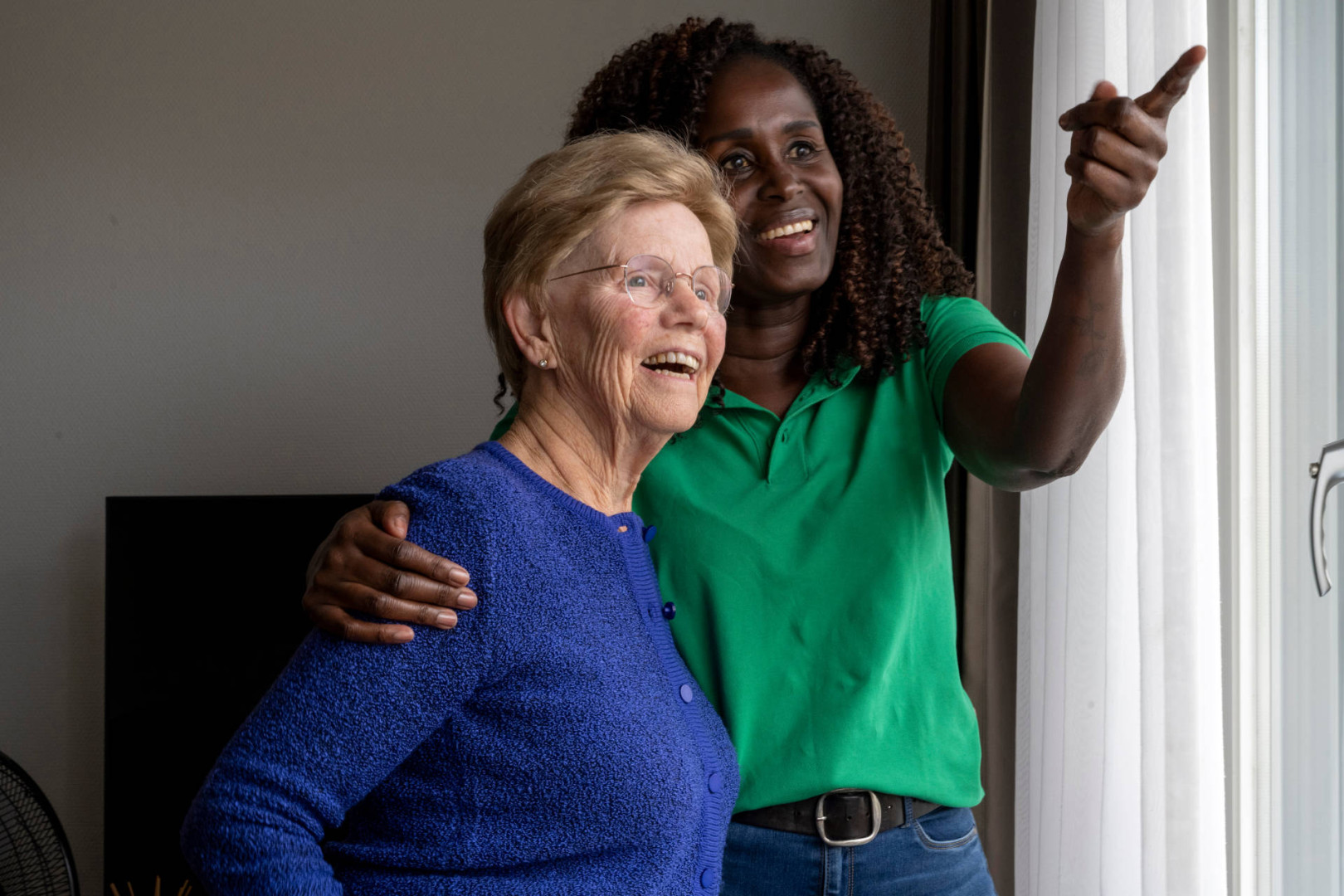Aging in place is a new approach to eldercare. It allows the elderly to remain in their own homes as they age, rather than having to be moved to a nursing home or assisted living facility. To enable aging in place, there are many tools on the market that make it possible for your aging parent to remain independent and self-reliant. The tools assist your parent by making up for deficiencies they may have.
Hearing Tools
Most aging parents suffer from some kind of hearing loss, whether it is minor or profound. To enable them to age in place and adapt to challenges with hearing, there is everything from a vibrating watch that reminds them when to take medications to hearing devices that amplify sound to visual and vibrating alerts for the telephone and fire alarm.
Vision Tools
Even if your parent does not suffer from a disabling condition like macular degeneration, deteriorating eye sight is another struggle most seniors experience that can cause them to lose some of their independence. When glasses (and bifocals and trifocals) are not enough, there are magnifying glasses available that will allow your parent to still be able to read (newspapers and prescription instructions) as well as large print versions of newspapers and books. There are also magnifying screens and software available for computers and TVs. Improving the lighting in your parent’s home is important as well.
Safety Tools
If your parent has a desire to age in place, there are many things you can do to help him or her remain independent. Slipping and falling, whether from an accident or from any kind of decreased mobility, is a concern to all adult children who care for their aging and sometimes ailing parents. Exchanging tubs for walk-in showers; adding railings in the tub, near the toilet, and in hallways; and making sure rugs and stairs are slip-proof can reduce the risk. If your parent’s home has multiple levels, you may be able to concentrate their living space on one level, adjusting where their bedroom is to coincide with where the kitchen and bathroom are. If you have the resources, you can have elevators or chair lifts installed to allow your parent to travel safely from floor to floor.
Exchanging tubs for walk-in showers, adding railing in the tub, near the toilet, and in hallways, and making sure rugs and stairs are slip-proof can reduce the risk of slipping and falling.
If your parent has early signs of dementia or simply forgets to do things, there are automated pill boxes with timers that remind him or her when to take medications. You can install a programmable thermostat so that your parent doesn’t have to remember to adjust the heat or cooling system to coincide with the weather. You can even install a sensor monitoring system that follows activities without invading a person’s privacy, but allows you to keep track of your parent and be alerted if there is a problem.
Living independently, outside of a nursing home or skilled nursing facility, is a goal for most aging parents. Many times with the help of a home care provider like Amy’s Helping Hands along with employing tools and technology most aging parents can remain at home.















